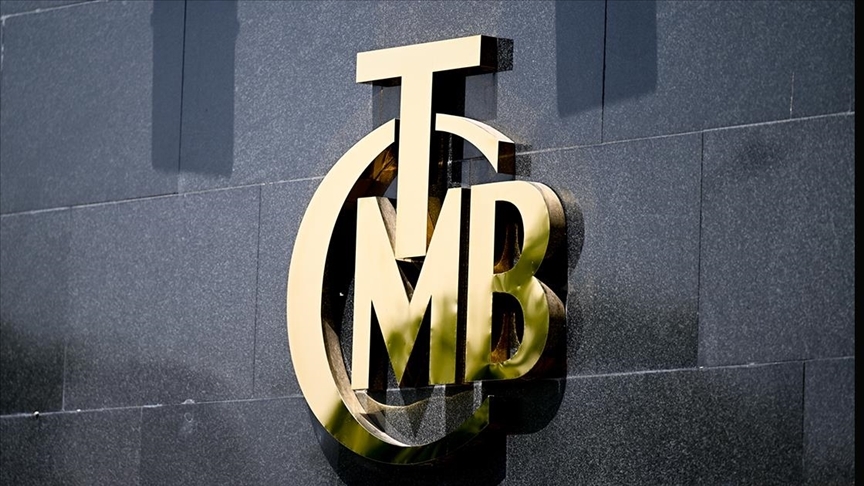Turkish central bank policies boost lira deposit share to highest in 8 years
 File photo shows stacks of Turkish lira banknotes, primarily 200 and 100 Turkish lira bills, bundled with red straps, accessed on August 25, 2025. (AA Photo)
File photo shows stacks of Turkish lira banknotes, primarily 200 and 100 Turkish lira bills, bundled with red straps, accessed on August 25, 2025. (AA Photo)
Standard Turkish lira deposit share reached 57.45% of total deposits in the week ending Nov. 15, marking its highest since January 2017, Banking Regulation and Supervision Agency reports.
The share of foreign currency-protected deposits fell to 6.82%, while foreign currency deposits stood at 35.72%. Thus, the share of foreign currency-sensitive deposits, which peaked at 72.81% in June 2022, has since dropped by 30.26 percentage points.
The volume of standard Turkish lira deposits reached a historic high of ₺10.5 trillion ($303.9 billion), with total deposits calculated at ₺18.3 trillion.
Central bank continues to simplify steps
Alongside these positive figures, the central bank’s simplification measures continue as it announced new regulations regarding macroprudential measures following last week’s Monetary Policy Committee meeting, highlighting the increased share of lira deposits.

According to the published statement, the required reserve ratio for demand and short-term (up to three months) lira deposits was increased from 15% to 17%, while the ratio for foreign currency deposits was reduced from 5% to 4%.
Additionally, the target for corporate lira deposits was removed, and the overall target for the transition and renewal of foreign currency-protected deposits to lira was reduced from 75% to 70%.
Central bank support for banks regarding foreign currency-protected deposits exit
Banking sector sources told Ekonomim that a two-point increase in the reserve requirement for lira deposit accounts could reduce the banking system’s liquidity by ₺138 billion ($3.9 billion).
The banking sector sources calculated that the one-point reduction in the reserve requirement for foreign currency deposits could increase liquidity in the banking system by ₺60 billion. They also highlight that the central bank may need to hold an additional ₺78 billion in net lira liquidity due to these changes.

Although these changes could negatively impact banking system profits, sources believe that lowering the overall target for the transition from foreign currency-protected deposits to lira could offset this increased cost.
‘Central Bank prepares for interest rate cut’
Banking sector sources emphasized that these changes might lead to a slight increase in loan interest rates but that they are essentially decisions that will not significantly affect the market.
Given the substantial decrease in foreign currency-protected deposits, lowering the target for these deposits is seen as a normal adjustment. The move could be viewed as support for banks to mitigate potential negative effects from the reduced turnover rate as the balance declines.
Banking sector sources interpret these changes as both a preparation for an interest rate cut and an effort to stabilize the foreign exchange market.



